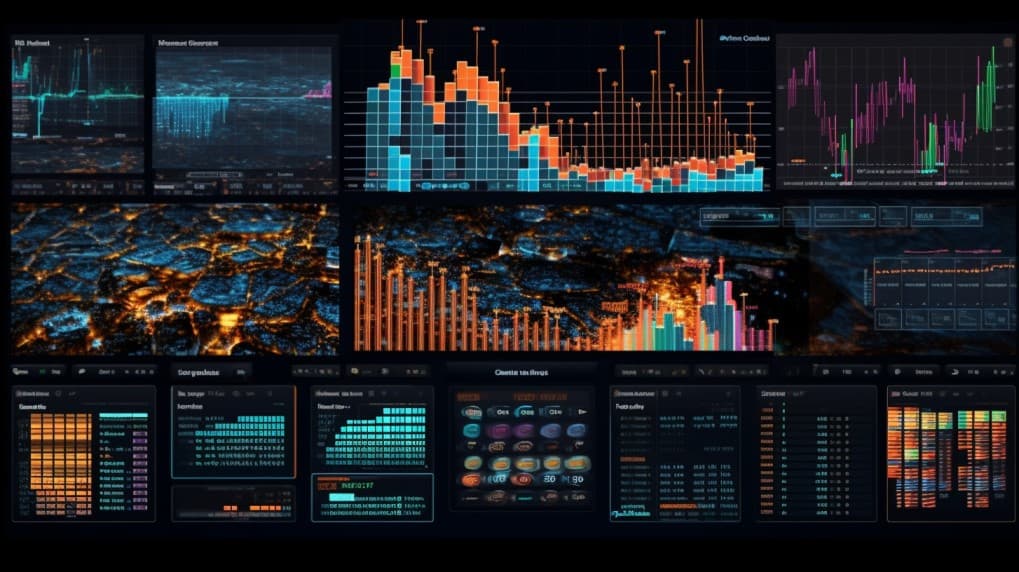
QDF VS DES
Exchange-Traded Funds (ETFs) have become increasingly popular investment vehicles, offering investors diversified exposure to various sectors and asset classes. In this article, we will delve into a comprehensive comparison between two prominent ETFs: QDF (FlexShares Quality Dividend Index Fund) and DES (WisdomTree U.S. SmallCap Dividend Fund). We'll explore their ETF tickers, full names, issuers, sectors, top holdings, capitalization, strategy, tracking, and exposure.
QDF VS DES: Overview
QDF and DES are two ETFs that cater to different segments of the dividend market. QDF focuses on quality dividend-paying companies within the broader U.S. stock market, while DES specifically targets small-cap dividend-paying stocks. This difference in focus translates into distinct risk-return profiles, which we'll dissect in the following sections.
QDF VS DES: ETF Tickers and Full Names
Understanding the ticker symbols and full names of ETFs is crucial for investors seeking to make informed decisions. QDF's ticker is self-explanatory, reflecting its strategy (Quality Dividend Index Fund), while DES stands for the WisdomTree U.S. SmallCap Dividend Fund. Knowing the tickers and full names allows investors to easily identify and track these ETFs in their portfolios.
 QDF overlap QDF VS DES
QDF overlap QDF VS DES
QDF VS DES: Issuers
Both QDF and DES are managed by reputable financial institutions. QDF is offered by FlexShares, a subsidiary of Northern Trust Corporation, known for its expertise in passive investing. DES, on the other hand, is managed by WisdomTree, a pioneer in dividend-focused ETFs. Understanding the issuers can provide insights into the ETF's credibility and track record.
QDF VS DES: ETF Sectors and Top Holdings
QDF primarily invests in established dividend-paying companies across various sectors, emphasizing quality and sustainability. In contrast, DES focuses on smaller companies within the U.S. market, often from sectors like consumer discretionary, industrials, and financials. Examining the sectors and top holdings helps investors assess sector diversification and concentration risk.
QDF VS DES: Capitalization and Strategy
Capitalization and investment strategy are essential factors for ETF selection. QDF boasts a substantial asset under management (AUM), reflecting its popularity among investors seeking quality dividend exposure. DES, with its small-cap focus, offers a different risk-reward profile. Investors must consider these differences in capitalization and strategy to align with their investment objectives and risk tolerance.
QDF VS DES: ETF Tracking and Exposure
The tracking and exposure methods of ETFs can significantly impact returns and risk. QDF tracks an index of quality dividend-paying stocks, providing exposure to companies with strong fundamentals and dividend histories. DES, meanwhile, tracks small-cap dividend stocks, offering exposure to a different segment of the market. Understanding these tracking and exposure strategies helps investors make informed decisions.
Conclusion
QDF and DES represent distinct approaches to dividend investing, catering to different investor preferences and risk appetites. For investors seeking in-depth insights into the holdings, correlations, overlaps, and other financial instruments, ETF Insider is the ultimate tool to explore. With its user-friendly app, it provides comprehensive details on these and various other financial instruments.
Disclaimer: This article does not provide any investment advisory services.
QDF ETF issuer
QDF ETF official page
QDF quote and analysis
Discover the top holdings, correlations, and overlaps of ETFs using our visualization tool.
Our app allows you to build and track your portfolio.
To learn more about the QDF FlexShares Quality Dividend Index Fund, access our dedicated page now.